Yamagata’s coastal Shonai Region is far from crowded tourist routes and populated city centers. It’s blessed with natural resources as sacred mountains feed rivers that flow down into the Japan Sea. An unforgettable way to intimately explore this area, while getting outdoors and meeting locals, is a culinary experience that brings the fresh bounty of the sea straight to your table.
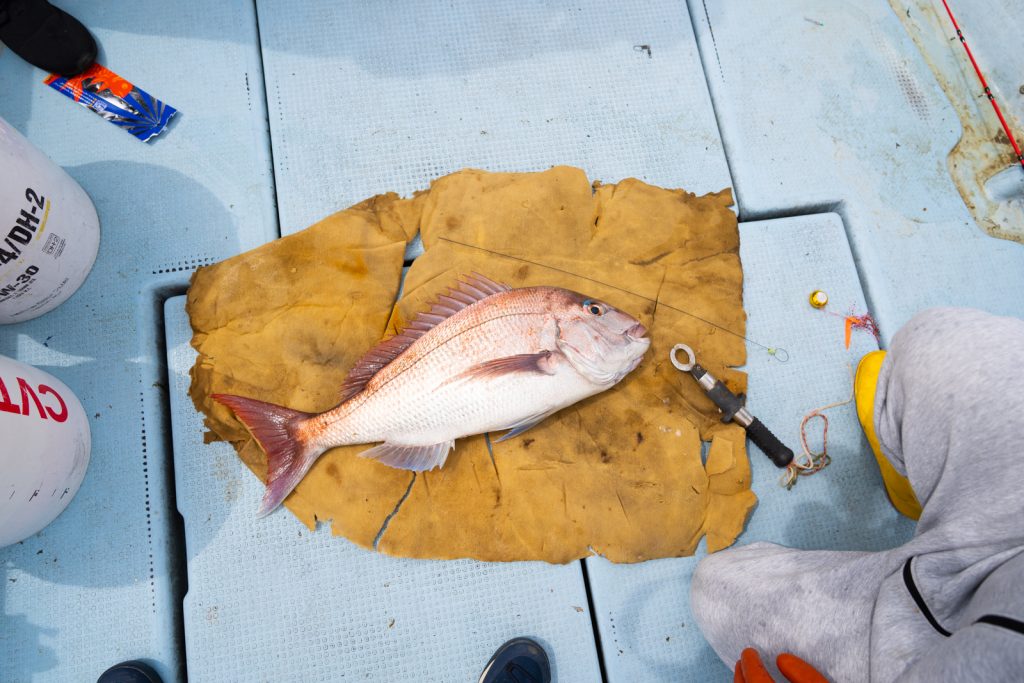
From the Sea
Known as one of the three “fishing kingdoms of Japan,” the coast of Yamagata is home to incredibly rich fishing grounds full of fishing spots with a plethora of migratory species like tuna and rich breeding grounds of prized fish like Japanese sea bream which can be caught throughout the year.
Fishermen in Yamagata regularly haul up prized fish worth over a hundred dollars and a full ice chest back at port. While this would be a lucky day out in most parts of Japan, it’s just another day in the office here. Join a sport fishing cruise into the deep blue to hunt for a variety of species. Depending on the season and conditions, the boat captain and local guides will position the boat and provide tips to help with a successful day on the water.
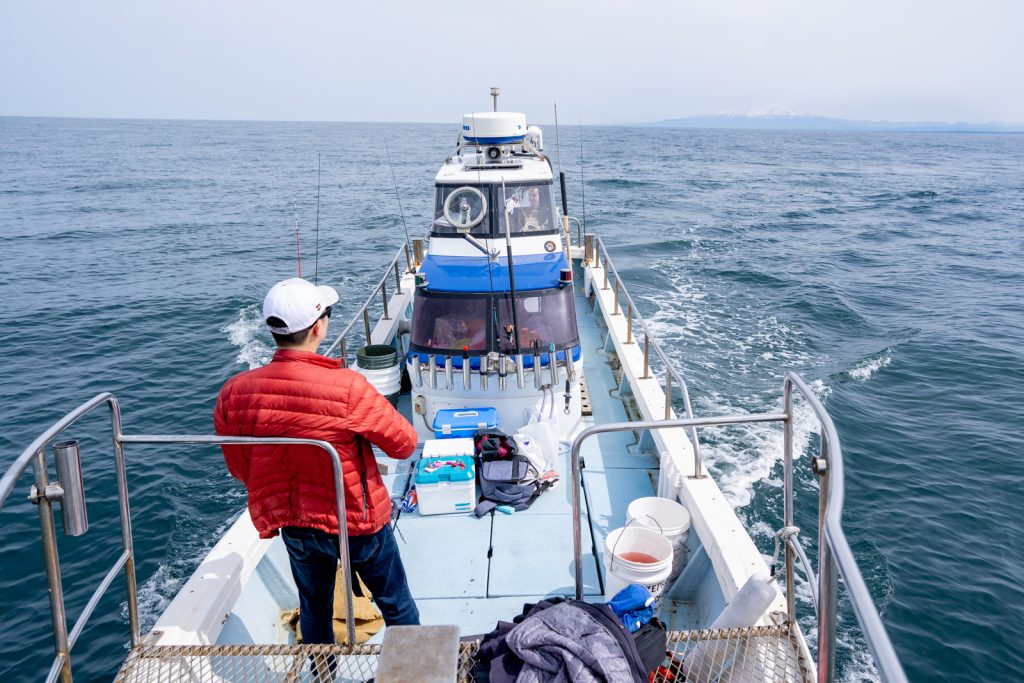
The region has a relatively low population with minimal manufacturing so the fish here are plentiful, clean and delicious. There are an incredible variety of fish that coexist in the waters off the coast and part of the excitement is never quite knowing what’s fighting on the other end of your line until you have it in the net.
The local guides also use a variety of Japan-specific techniques including special types of lures, baits and rigs that both beginners and experienced anglers can learn and put into practice right on the boat.
To the Table
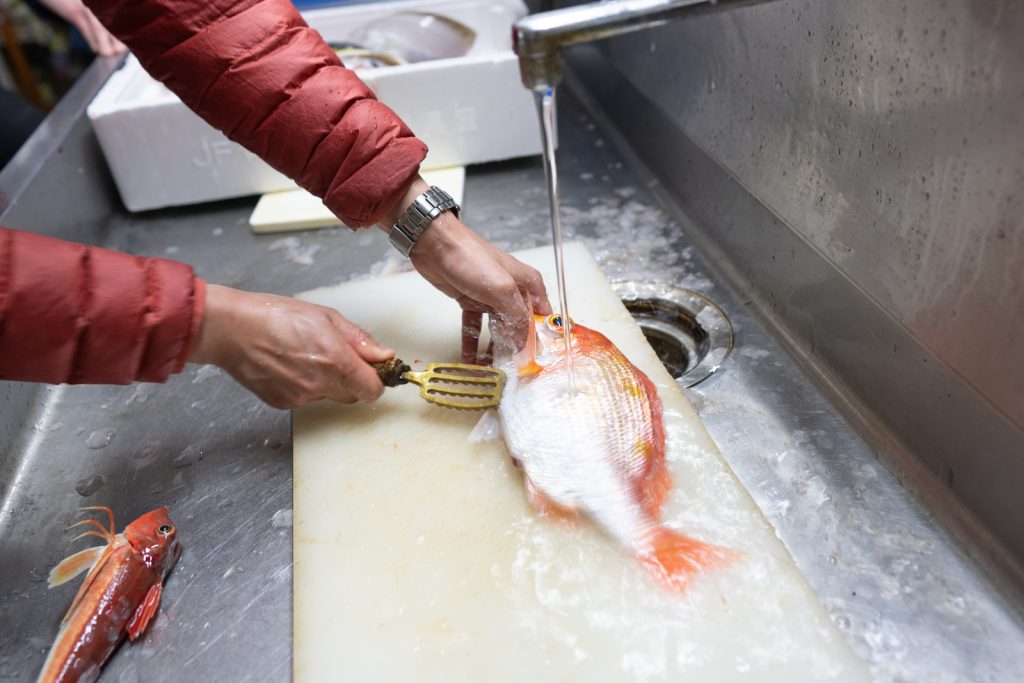
Getting your catch to the table begins right when you pull the boat up to the harbor. Many chefs in Japan order their fish directly from specific fishermen who take steps to preserve the fish according to the requests of the chefs.
This includes techniques like ikejime, which destroys the nerves of the fish and drastically reduces “fishy” flavors and aroma. It even allows the fish to keep for up to two weeks by reducing lactic acid build up in the fish, which can bring out new flavors and textures. The captain will oversee these techniques with your fish before delivering your prized catch to an all-star team of local chefs near the port, who are renowned for their skills preparing fresh fish.
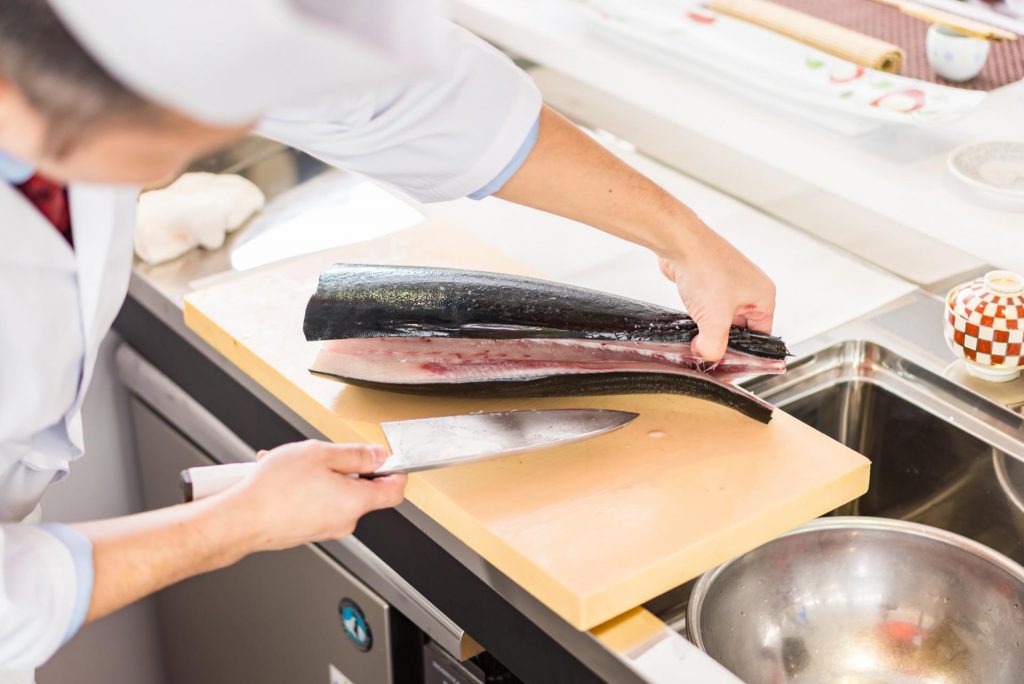
Here is where you can witness the work that goes into preparing the beautiful sushi, sashimi and grilled dishes that end up at great restaurants in the area. If you are up for it, some chefs may even encourage you to step behind the counter and work alongside them to prepare your fish from start to finish.
And finally after a full day of learning and building up an appetite, there’s nothing quite like enjoying a feast you’ve had a hand in from start to finish with the Yamagata locals.
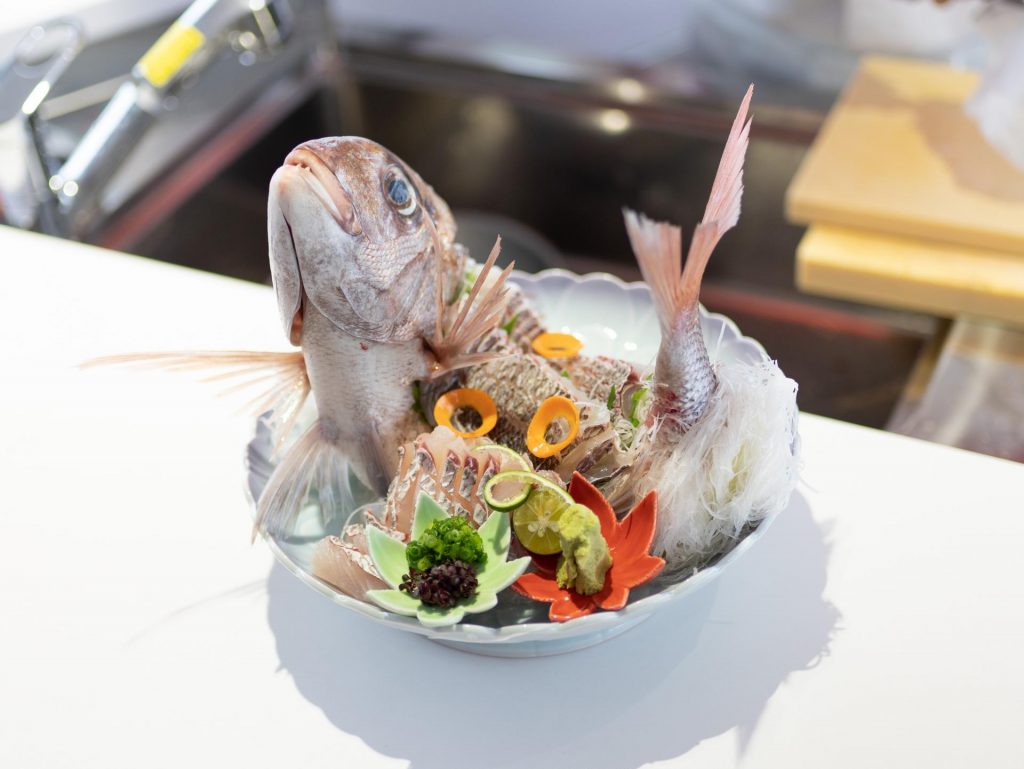
ESSENTIAL INFO
When to Go
Fishing off the west coast of Japan is best in the summer months of June, July and August when the seas are the calmest and there is the lowest chance of weather-related cancellations. However, for those able to plan a multi-day visit to the Yamagata Region with some flexibility in their schedule, May and November are excellent times for both migratory fish and high-fat content fish like sea bream and yellowtail, which make for great eating. Fishing in the winter months from December to early March are not recommended due to often turbulent weather.
Getting There
The easiest way to get to the coastal region of Yamagata is a direct flight from Haneda Airport to Shonai Airport, which takes one hour. You can also go by train using the Japan Rail Pass (Niigata Area) to either Tsuruoka or Sakata Station.
Places to Stay
Lodging in Sakata City or one of the fishermen homestays in Tsuruoka City is highly recommended as fishing boats will depart early in the morning. A close hotel will drastically reduce stress in the morning for reaching your boat on time.
To book a culinary adventure in Yamagata or learn more about the experience, visit The Hidden Japan.




